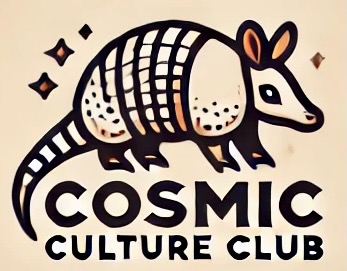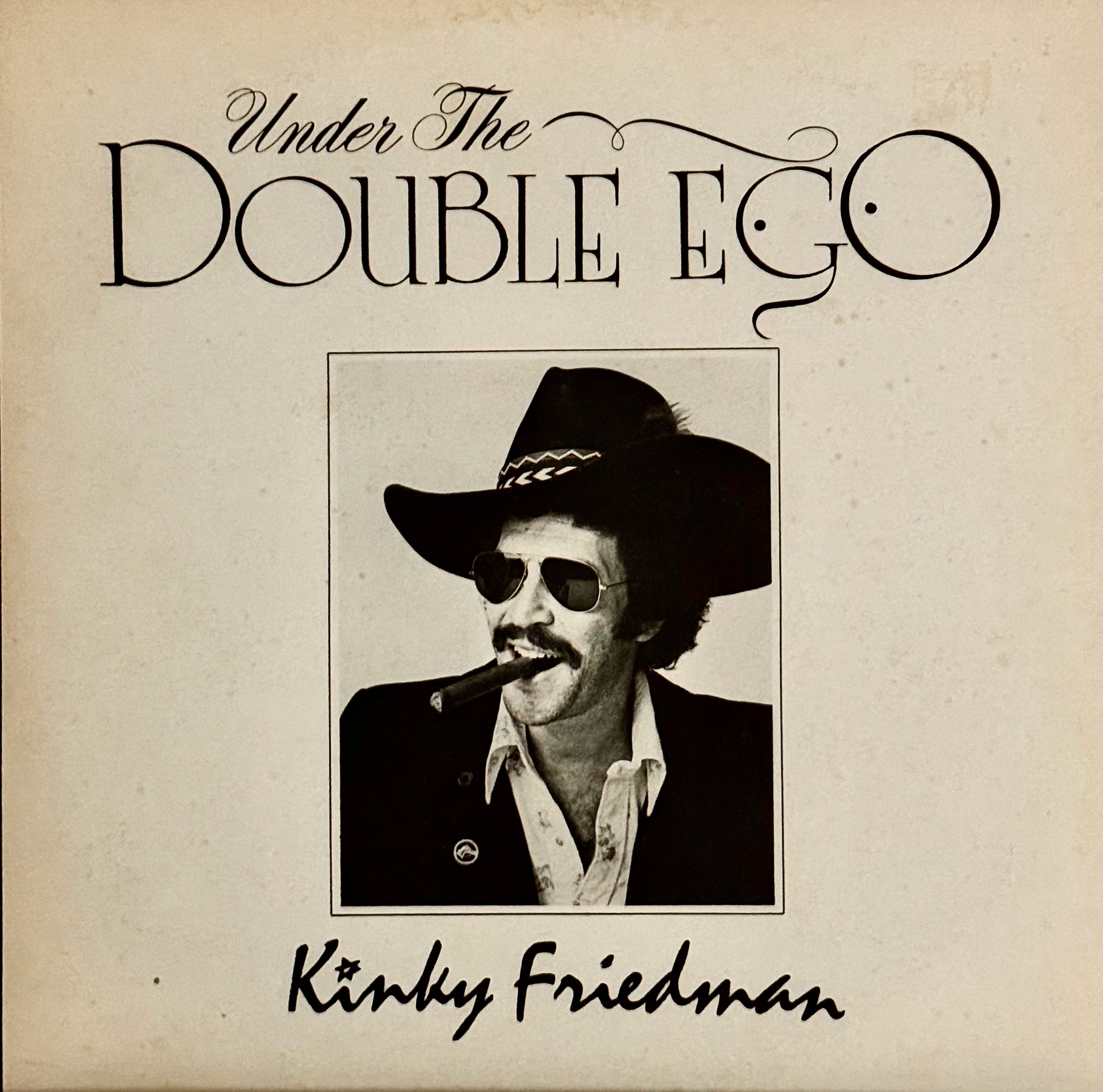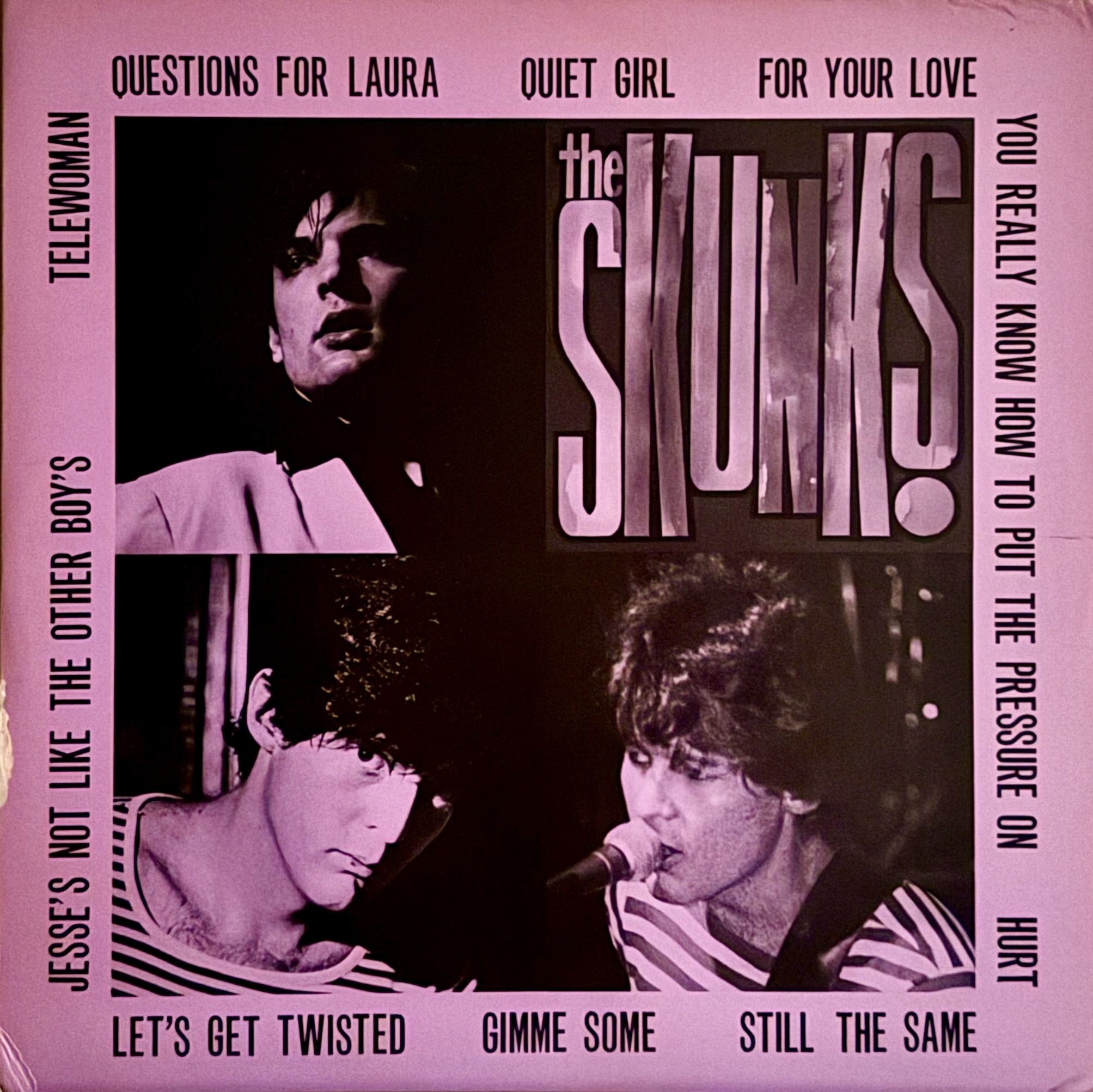Record sales peaked in 1978. After that, records started slowly giving ground to the cassette tape before surrendering more rapidly to the CD. Still, the album era continued unabashed until the advent of digital music. Napster severely wounded the industry in 1999, and the iPod delivered the apparent death blow two years later.
By this time, the record store was reduced to a few independent dinosaurs who were holding on for as long as they could before following Blockbuster into extinction. Suddenly, in 2007, trends reversed and record sales started to slowly rise again. This trend accelerated in the 2010s and continues through today. There were more records sold in 2023 than we have seen since 1987, but what is driving this startling resurgence?

If you have not already, this is why you should join the vinyl revolution:
The artist
Ray Wylie Hubbard once said, “there are two types of people in the world – the day people and the night people, and it’s the night people’s job to get the day people’s money.” Buying physical albums supports the artists financially in ways that streaming does not, but the artist is not the only night person to think about. Record stores are full of night people, and a world with record stores is a better world. Buying a few albums to help keep the lights on is a small ask.
The physical experience
When an artist produces an album they obsess over the details. The music plays the starring role but there is a supporting cast of cover art, liner notes, lyric sheets, and any other number of things that are easily overlooked if you are not holding a copy in your hands. The LP provides the largest, and highest quality, production of these materials.
The superior sound quality
This is particularly true for music that was originally recorded for this format. A song that sounds dull and flat on streaming services will come alive with new sounds and textures when played on a vinyl record. The more complex the music the starker the difference. A Duke Ellington or Count Basie vinyl album sounds like a completely different recording than its digital counterpart.

The halftime show
On a vinyl album there comes a moment when the music stops. The listener finds the need to stand up, flip the album, and restart the music. It’s a naturally occurring halftime. Clever artists devise ways to use this to their advantage and slip subtle pairing into the two sides that you would overlook in a different format.
The hunt
Digging through crates of old albums is fun. It’s exciting to start a search knowing that you could literally find anything. There is a lot of music out there. Bob Dylan has released forty studio albums and fifteen live albums. Paul McCartney has released twenty-seven albums since leaving the Beatles. There is a lot of good music out there you have not heard yet.

The rarity
Streaming services put millions of albums in your pocket, but they don’t tell you what they don’t have. Exploring crates of old records leads to new discoveries. Between bootlegs, live recordings, and studio releases there is a lot of music to discover in the used bins and a lot of it is not available online.









